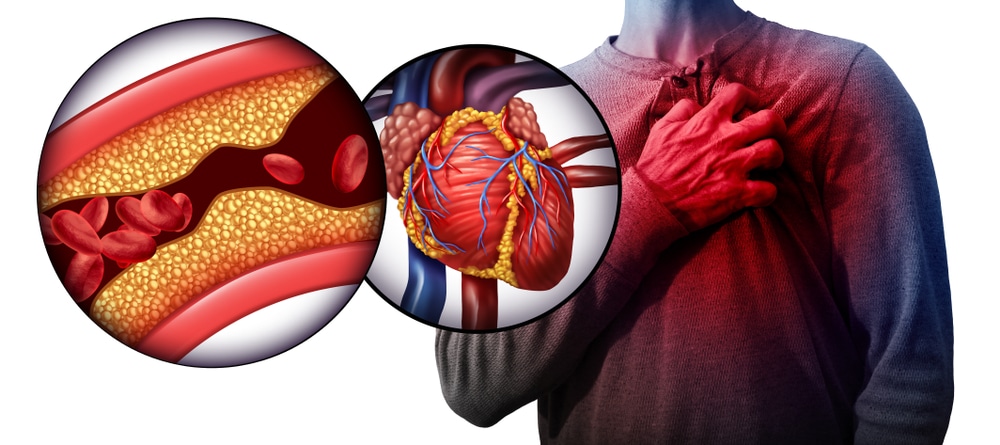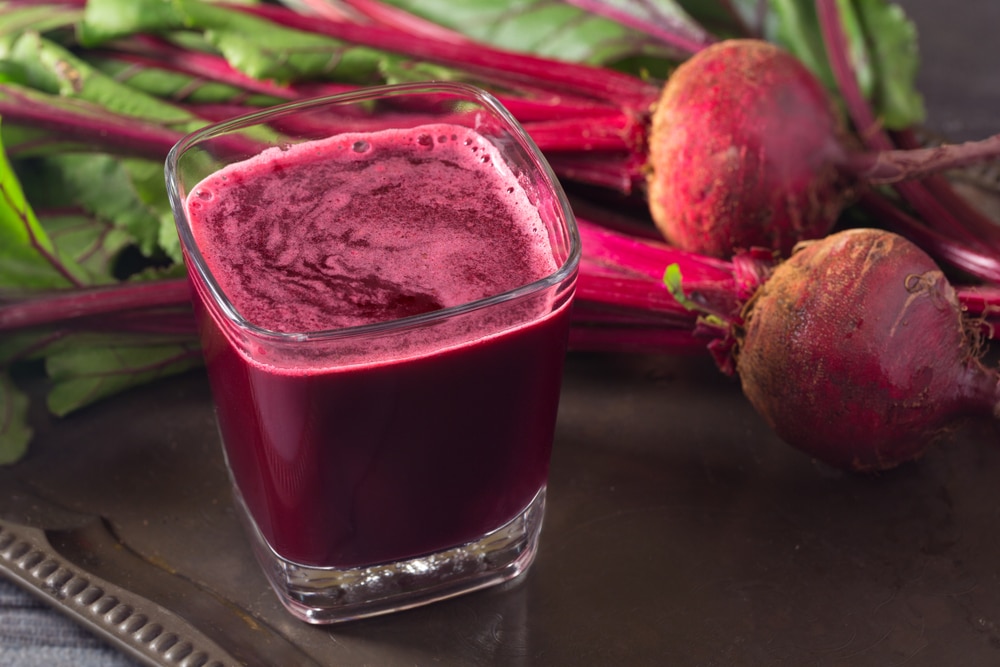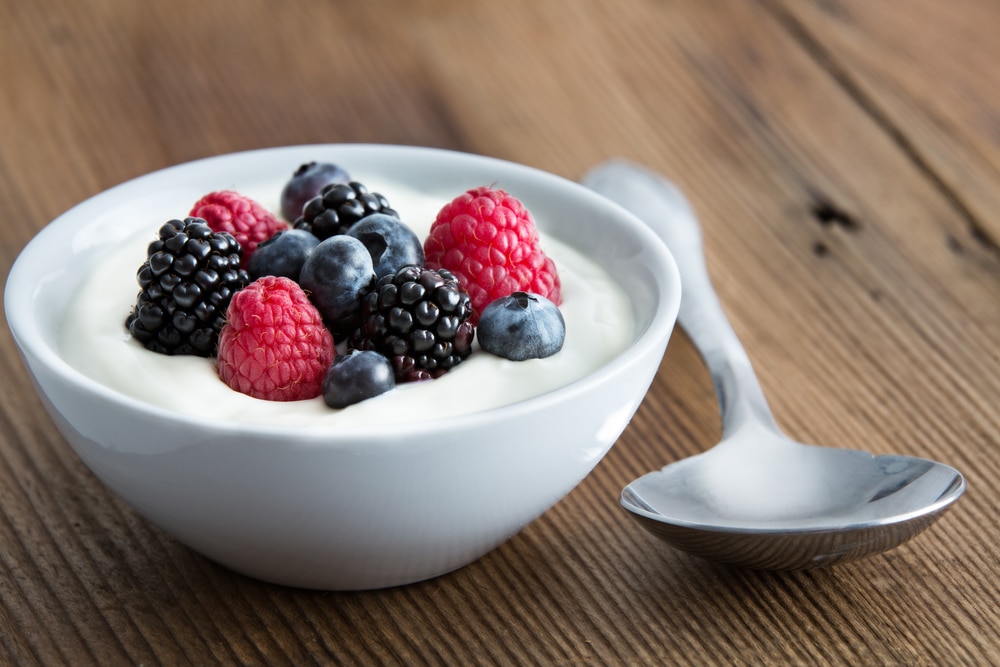Patient Coughed a Blood Clot Exactly Like the Lung Passage It Was Blocking
Last updated on
Have you ever seen a picture so strange you couldn’t look away? In 2018, a medical journal published a photo that did just that, sparking shock and fascination across the globe. It showed a six-inch, coral-red object that looked exactly like a tiny tree, complete with the most delicate, intricate branches. But this was no plant or deep-sea coral. It was a blood clot, coughed up in one perfect, solid piece by a patient, revealing a stunningly detailed map of his own airway.
This shocking event is incredibly rare, but it provides a unique and powerful window into the hidden workings of our own bodies. It’s a real-life story that dramatically illustrates the deep, inseparable connection between the health of our heart and our ability to breathe. It makes you wonder: what can this unbelievable medical marvel teach us about taking better care of ourselves, starting today?
Anatomy of a Medical Impossibility

Image From:The New England Journal of Medicine ©2018
You might be looking at that picture and wondering how something so bizarre is even possible. It wasn’t just one single problem, but a true “perfect storm” where three separate, serious medical issues collided at the exact same time.
First, it all started with the patient’s heart. He had severe, long-term heart failure. Think of your heart as a powerful pump that sends blood on a circular journey through your body. A healthy heart does this effortlessly, but his was weak and struggled with every beat. This created a massive traffic jam in his circulatory system. Blood that should have been pumped out to the body had nowhere to go, causing pressure to build up and backflow into the delicate blood vessels of the lungs. This constant, relentless strain made those vessels fragile and prone to leaking, like an over-inflated balloon ready to pop.

On top of that, he was connected to a heart pump to help his circulation. To prevent deadly clots from forming on the device itself, he needed a continuous intravenous drip of a strong blood thinner called heparin. This medicine was absolutely essential to keep him alive, but it also had a serious downside: it switched off his body’s natural ability to form clots and plug up any small bleeds that started. He was caught in a dangerous balancing act—needing to prevent clots in one place while risking unstoppable bleeding elsewhere.
The final, crucial piece of the puzzle was a possible infection. When your body fights a major infection, it goes into high alert, cranking out huge amounts of a protein called fibrinogen. This stuff is basically the raw material for blood clots; it’s like a biological glue that weaves a strong, rubbery mesh to make clots incredibly tough. So, you had this profoundly strange situation: the patient was on powerful blood thinners that made him bleed easily, but at the same time, his blood was super-charged with the exact ingredients needed to build an unusually strong clot. This unique combination of slow, steady bleeding into his airway and super-sticky, fibrinogen-rich blood is what allowed this perfect, durable cast of his bronchial tree to form and be expelled whole.
A Powerful Lesson on How Our Bodies Work
The event wasn’t just shocking to the public; even the expert medical team was floored. The surgeons, who deal with extreme medical cases every single day, told reporters they were “astonished.” One of the doctors who co-authored the report said a key reason for publishing the incredible picture was simply to showcase the “beautiful anatomy of the human body.”
For most of us, the intricate maze of airways inside our lungs is just a flat diagram in a science textbook. This case brought it to life in three dimensions. The image is a vivid, unforgettable picture of the main airway branching into smaller and smaller passages, just like the roots of a tree burrowing into the earth. But the biggest takeaway here is seeing just how completely tied together our breathing and circulation really are. They aren’t two separate systems; they are a partnership. The health of the countless tiny blood vessels that feed our lungs directly impacts the quality of every single breath we take—a vital connection that’s all too easy to forget about in our busy day-to-day lives.
Simple Steps to Support Your Circulation Today

This story is extreme, of course, but it’s also a powerful wake-up call about the importance of caring for our circulatory health. Your cardiovascular system is the incredible delivery network for your entire body, carrying life-giving oxygen and nutrients to every single cell. The fantastic news is that you can support this vital system with simple, consistent, and powerful choices every day.
1. Eat More Nitrate-Rich Foods
Foods like beets, spinach, arugula, celery, and lettuce are packed with something called dietary nitrates. Research suggests these nitrates are fantastic because they help your body create nitric oxide, a molecule that helps your blood vessels relax and widen. This naturally supports healthy blood flow and blood pressure. A glass of fresh beet juice or a big spinach salad are simple and tasty ways to get more of them into your diet.
How it Works: When you eat these veggies, good bacteria in your mouth kick off a process that helps your body produce nitric oxide (NO). NO is a vasodilator, which is a fancy way of saying it tells the smooth muscles in your artery walls to chill out. This gives your blood more room to move, making it easier for your heart to do its job.
2. Add in Antioxidant-Packed Berries

Berries of all kinds—blueberries, strawberries, raspberries, blackberries—are nutritional powerhouses loaded with potent antioxidants called flavonoids. A diet rich in flavonoids is strongly linked to better heart health because they act like a protective shield for our blood vessels, guarding them against damage and helping to calm down inflammation.
What They Do: Think of daily life—stress, pollution, processed foods—as creating “wear and tear” on your cells. Antioxidants are like the body’s internal repair crew. Flavonoids, specifically, are like bodyguards for the delicate cells lining your blood vessels (the endothelium). They help keep your vessels flexible, pliable, and strong, which is absolutely vital for good circulation and long-term health.
3. Don’t Forget to Drink Water

This might be the simplest tip on the list, but it’s one of the most fundamental and powerful. Your blood is about 90% water. When you’re well-hydrated, your blood flows smoothly and easily, and your heart doesn’t have to work nearly as hard to pump it where it needs to go.
Why it Matters: If you get dehydrated, your blood volume can decrease, and it can literally become thicker and more sluggish. This forces your heart to pump with more force to get it through your blood vessels, putting extra strain on your whole system. Simply sipping water consistently throughout the day is one of the easiest and most effective things you can do for your heart.
4. Embrace Gentle Movement

You don’t have to run a marathon to support your circulation. Gentle, consistent movement is incredibly effective. Activities like walking, stretching, yoga, or even just standing up and moving around every hour can make a big difference.
When you walk or stretch, your leg muscles contract and squeeze the veins within them. This action helps push the blood back up towards your heart, acting like a ‘second pump’ for your circulatory system. This simple mechanical boost improves circulation, reduces swelling, and delivers more fresh oxygen to your brain and body, helping you feel more energized and clear-headed.
The Heart of the Matter
It’s not every day you see something that stops you in your tracks like that picture. It’s a bit strange, for sure, but it’s also a chance to pause and appreciate the incredible, complicated dance happening inside us every second. Most of the time, our bodies are working so perfectly in the background that we don’t even notice this constant, beautiful symphony.
This story isn’t meant to be scary. It’s an invitation to feel a little bit of wonder for the amazing body you call home. Taking care of yourself isn’t about following a strict set of rules; it’s about making small choices every day that say, “I’m on your side.” It’s about being a partner to your body, giving your heart, your lungs, and your entire system the good stuff they need to keep you going strong for years to come.
Some of the links I post on this site are affiliate links. If you go through them to make a purchase, I will earn a small commission (at no additional cost to you). However, note that I’m recommending these products because of their quality and that I have good experience using them, not because of the commission to be made.




























 JOIN OVER
JOIN OVER
Comments